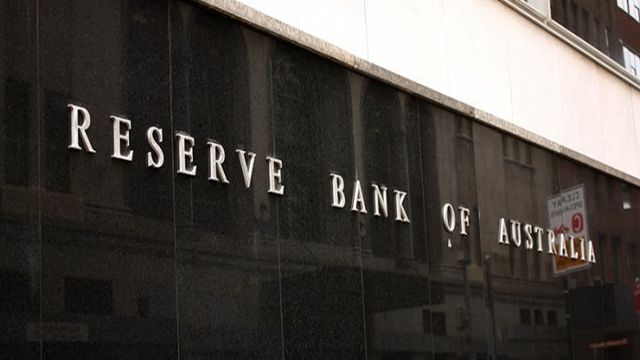Whether you’re a first home buyer, season property investor, or just looking to upgrade the family home – the artificially low interest rate environment has meant money has never been cheaper to borrow. After 10 solid years of interest rates falling lower and the property market roaring, investors have been able to gear up with relatively low risk, until now. As a professional stock market and property market investor of 30 years, I see inflation running rampant and for that reason we are likely to see interest rates go up this year, potentially as early as June. It’s already happening in the US and it needs to happen here also, given we face similar economic issues.
The catalyst for this, of course, is inflation. Let me ask you this – how much has your grocery bill increased over the last year? What are you paying for fuel at the bowser now? How much extra did you outlay for that second hand car? Chances are, probably a lot more. Our most recent inflation figure, according to the ABS, was a headline CPI figure of 3.5%. This is the highest in years and is well beyond the RBA’s target mandate of between 2-3%. With oil prices skyrocketing, supply chain disruptions persisting and a war between Russia and Ukraine, Australia has suffered one of the largest price increases in history on strong demand and limited supply. As an economist by trade, this was the first topic they taught me at university. When demand exceeds supply – prices rise. When prices rise, the only solution to curbing spending is to, you guessed it – raise interest rates. A rise in interest rates causes a natural equilibrium in prices so as to control inflation.
That brings me to my next question – if interest rates are likely to go up in order to curb inflation, how do you afford the extra on your mortgage repayments? My solution and mandate for the last decade – start a side hustle. Never has it been more important to have a side hustle and additional cash coming in. Why? Well, if you had a fixed rate on a $500,000 loan tick over to a variable rate, chances are you’re probably paying around $250 extra per fortnight. That’s an extra $500 a month, or $6,00 a year (after tax!). Multiply the denominator to a million-dollar loan, and all of a sudden, you’re dipping into your hard-earned dinner or holiday fund to be able to keep up with the additional interest repayments of $12,000 per year (after tax!). As you can see, it builds up quickly and is really only the start of it. What if you’re fixed 2.99% was moved to a variable 4%? Or 5%? How would you household budget cope? The fact is – the money has to come from somewhere, yet no one really wants to give up their lifestyle to cover the shortfall. No one wants to sell their home or start renting, nor give up their Bali holiday this year just because the mortgage repayments are higher.
My advice is simple – get invested and start generating some additional income. Via Australian Investment Education, a strategy we pioneered is called Cash Flow on Demand as it is designed to do exactly that. With a paint by numbers, proven and reliable way of generating income up-front from the stock market, my members have been doing this for years and killing it. For anyone looking to get a handle on this or simply know more, join me for one of my weekly webinars at the following link http://bit.ly/aie-mjb.
